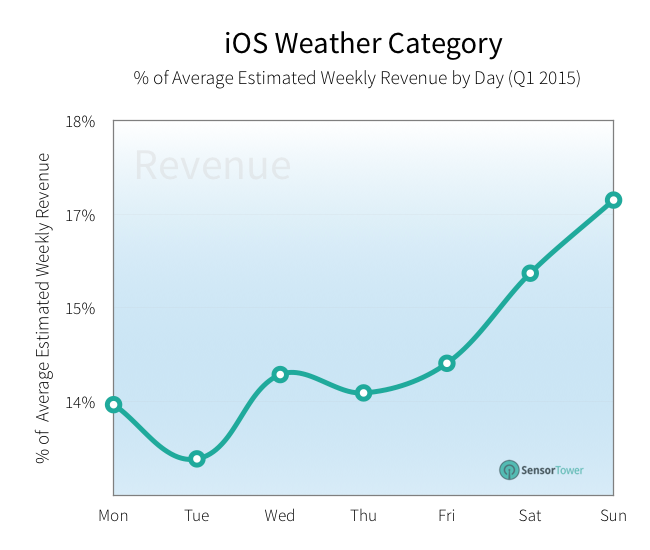I wrote this two years ago but didn’t publish it then. It is one of those articles that remain in Drafts land forever. Now as we see the topic on Ad blockers taking over the conversations I decided to hit the Publish on this article.
 This is yet another business model simplification case study – Staying focused on your real customers, creating value for them and charging for that value remains the simplest of business models. This one is about pricing magazines.
This is yet another business model simplification case study – Staying focused on your real customers, creating value for them and charging for that value remains the simplest of business models. This one is about pricing magazines.
Smart, popular and influential people have written at length about why information wants to be free. We have been told to get used to the world when content is commoditized and we better find another way to monetize it – anything but charging for it.
It appeared the pundits were true, until the recent technology shift – iPad. The Journal reports a reversal in pricing for iPad magazines as some publishers are bold enough to not only charge for their electronic content but also are charging more than what they currently do for print media.
Cosmopolitan readers can get their first year’s subscription to the print magazine for $10. But if they want the digital edition on their iPads, they will have to fork over $19.99.
And customers are willing to pay for content – ready to pay double of what they pay for print media. Gone are any objections based on cost to produce eContent vs. print.
For sure the advent of iPad triggered this change, it provided a conduit to reframe the value conversation with customers combined with the publisher realization who their real customers are. The change is really brought about by willingness of publishers to revisit their multi-party business model and simplify it.
As a refresher, business model is value creation and value capture. Publishers create value for readers and get a share of their value by pricing their print publication. Then they added a third player in this value chain – advertisers. The value to advertisers is selling reach (and may be attention and conversion). So publishers split their value capture between readers and advertisers.
Soon they lost sight of the original end customer – the readers – and started competing only on price to bring in as many readers as possible to capture more revenue from advertisers.
magazine publishers have guaranteed advertisers their titles will reach a minimum number of readers and, to fulfill that pledge, they have long cut prices sharply for promotional subscriptions.
The extreme form is what we see with all free media supported only by Ads effectively asking customers to pay with attention for the content they consume.
But as readers stopped ignoring Ads and even stopped reading because the publishers lost sight of the job readers hired the magazines for, their advertising revenue started dropping as well.
One way to react to this drop in Ad revenue is to look for even more business model innovations. But some publishers seem to have realized they can fix this with return to first principles. Publisher of Cosmopolitan says,
this represents an opportunity for the magazine business to become more leveraged toward consumer revenue and a little less dependent on advertising
The readers are back in focus as primary customers for magazines. Publishers focus not just on content but also convenience in consuming the content that comes with iPad. They are rightfully charging for the value they create for their readers.






You must be logged in to post a comment.